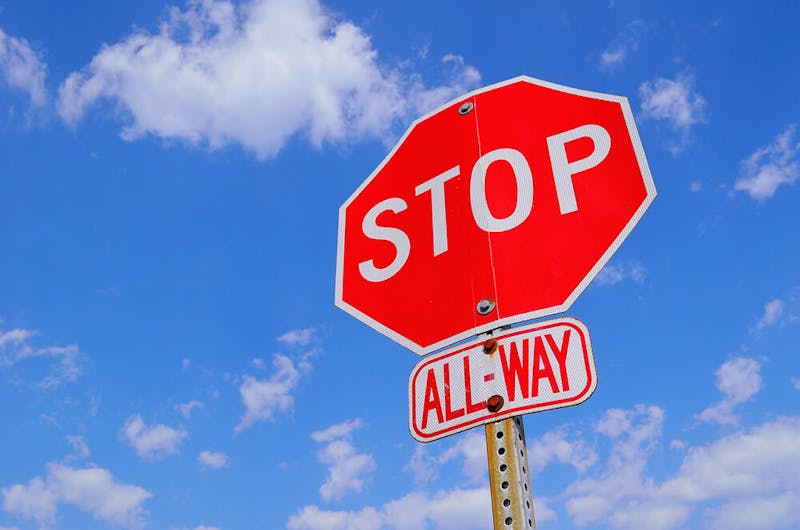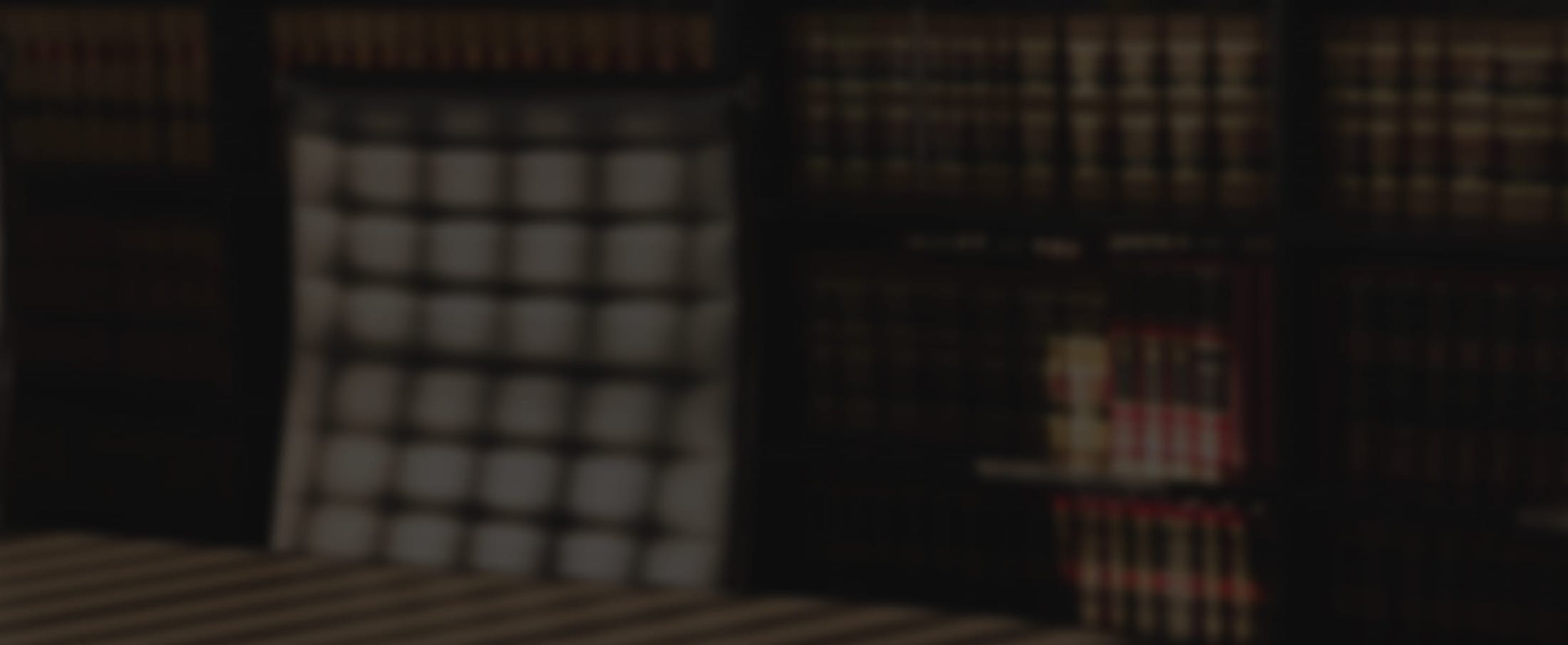
Even when there are stop signs or traffic lights, intersections can be tricky places to navigate. Any time that you are dealing with multiple lanes and flows of traffic there is the potential for serious harm, including T-bone accidents.
After the initial impact in a T-bone accident, one car is often pushed off its original course and into other lanes of traffic. This creates an opportunity for a second impact, more injuries, additional vehicle damage, and even death.
What Is a T-Bone Accident?
A T-bone accident is when one driver strikes the side of another, either with the front or back end of their vehicle. The point where the vehicles meet forms a 90° angle and resembles an uppercase T, hence the name. You might also hear some people refer to these accidents as broadside or side impact collisions.
These types of crashes occur most commonly at intersections. You are likely to encounter at least three different basic types of intersections while driving:
- The T-Intersection – The most common example of this type of intersection is when a driveway or a private entrance meets a road.
- The Four-Leg Intersection – This is your standard four-way stop or when two roads intersect at a traffic light.
- The Multi-Leg Intersection – This is when more than four roads intersect at one point.
Parking lots are also common settings for T-bone accidents. This often happens when you back out or pull through a parking space while not paying attention to your surroundings, and then hit the side of a vehicle that is passing through that aisle.
Prioritize Safety and Health
If you are ever involved in a T-bone accident, your first and foremost priority should be to check on everyone who was involved. In 2019 alone, side impacts caused 23% of all passenger vehicle fatalities, so you should be prepared to call 911 for anyone who needs immediate medical attention.
Do not attempt to move someone who has suffered physical trauma, as this may cause more harm than good.
Collect Important Information
Once you’ve made sure that everyone is okay and have called for emergency services if necessary, you can move on to collecting important information. Start with the basics by asking the other driver for their:
- Name
- Phone Number
- Home Address
- Driver’s License Number
- Car’s Make and Model
- License Plate Number
- Insurance Information
You can also collect contact information for passengers or any eyewitnesses. This might seem trivial at first, but passenger and eyewitness statements can be invaluable if there is ever any question about who was at fault for a T-bone accident.
Next you’ll want to take pictures. Start with pictures of your vehicle, including shots of any damage. You can also take pictures of the other driver’s vehicle as well as their license plate just in case you lose track of that information later.
Photographing the scene can also be useful if you need evidence to corroborate your side of the story. Be sure to include pictures that showcase the time of day, any inclement weather, or possible driving hazards.
Make a point to write down the details of the accident while the memories are still fresh in your mind, too. The details you record in writing can make great supporting evidence for your claim, alongside pictures and any eyewitness statements.
Contact Your Insurance Company
You will need to let your own insurance company know that you were involved in a T-bone crash. Be honest with the details and recount the story as carefully as possible. While it is understandable that you might misspeak after going through a traumatic accident, insurance companies have been known to deny claims for far less.
Speaking with the insurance company after you have written down the crash details can be helpful. This way, you can refer to your documented information if you struggle to recall certain details during the discussion.
Moving forward, you should also exercise caution when talking about your accident. Try to limit discussions and only talk about the incident with the insurance company, the police, and your Fayetteville car accident attorney. You can even politely decline requests to talk from the insurance company or police until your lawyer is able to participate as well.
Keep Track of Your Injuries and Damages
Just because car accidents happen every day does not mean that they are normal. Your day-to-day life may suffer in the wake of a violent collision, and it is helpful to keep careful track of how your life has been impacted. This includes tracking:
- Injury Diagnoses
- Doctor’s and Specialist’s Appointments
- Medical Bills
- Missed Days of Work
- Lost Income
- Emotional Distress
- Inability To Complete Daily Tasks
Include a date for every entry on this list. When you need to prove that you suffered because of a car accident, this type of information will prove invaluable.
Watch Out for Early Offers
When you are in the thick of medical bills, missed paychecks, and ongoing pain and suffering, a settlement from either the other driver’s insurance company or your own can feel like the world’s greatest gift. However, exercise caution when considering early settlement offers.
Recovering from a T-bone accident is a long journey, and you’ll need the right support all the way to the very end. Before you accept anything, you should be absolutely sure that it will fairly cover your injuries and other related damages.
The Next Step After a T-Bone Accident
By now you might already be all too familiar with the devastating aftermath of a T-bone accident. No matter where you are on your path to recovery, you deserve dignity and help along the way.
At McMath Woods P.A., we may be able to help you file a personal injury claim if another driver caused your T-bone accident. The compensation from these claims is often invaluable for addressing your damages, like medical bills and lost wages. We can help you better understand this process, so be sure to get in contact for your free consultation today.

